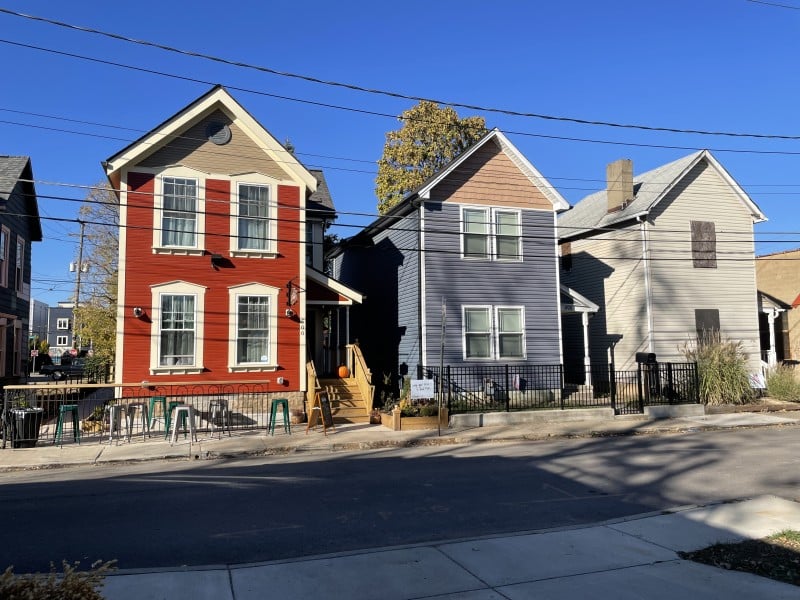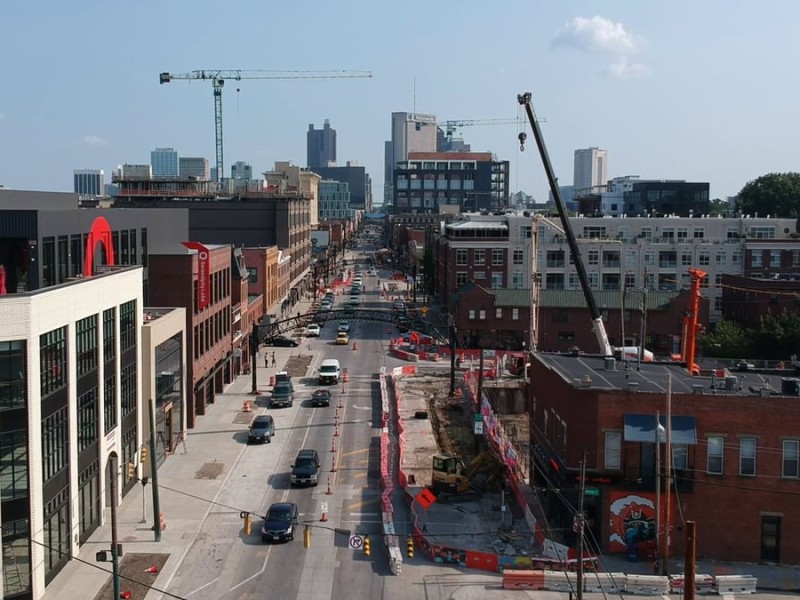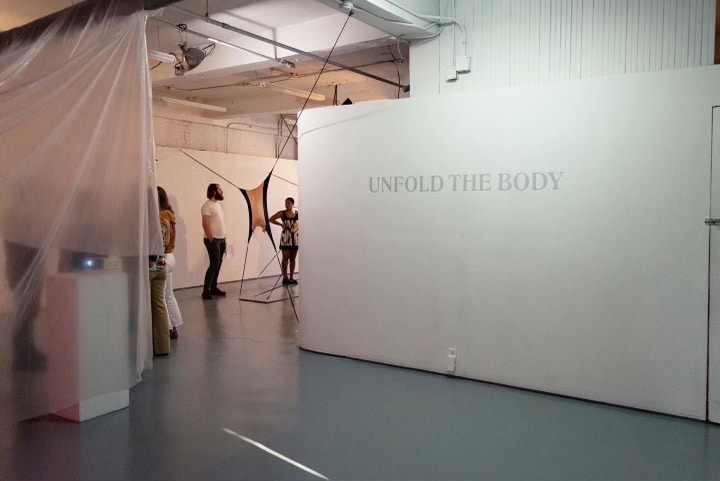
When voters in central Ohio passed the $8 billion LinkUS ballot initiative in November, it signaled a rare shift away from the car-centric trajectory of the region. The funding, which will come from a combination of federal money, private investors and a 1 percent sales tax on the county, will support a series of urban projects including three Bus Rapid Transit (BRT) corridors designed to alleviate congestion, reduce commute times and improve equitable access to key parts of the city. Proponents heralded the move as a transformative step toward modernizing Columbus’s transit infrastructure, as the city remains one of the largest in the nation without passenger rail.
The LinkUS plan
The LinkUs website describes the initiative as a “comprehensive transportation and development plan” that aims to change “the blueprints for the future of our region.” A significant portion of the funding is earmarked for building multiple BRT lines, which combine the efficiency of light rail with the flexibility and lower cost of buses. These BRT lines will feature dedicated lanes, priority traffic signaling and enhanced stations equipped with amenities such as real-time arrival information and level boarding platforms.
The first phase will focus on three major corridors: the Northwest Corridor connecting downtown Columbus to Dublin, serving a mix of commuters and residents in one of the region’s fastest-growing suburbs; the East Main Street Corridor stretching from downtown to Reynoldsburg; and the West Broad Street Corridor connecting downtown to Prairie Township. Four more corridors, including north-south and airport-Easton have not yet been studied.
LinkUS will also invest in improved pedestrian and bike infrastructure, new park-and-ride facilities and expanded local bus service to ensure seamless connections to the BRT network.
“Not only will we never again have to say we are the largest city in the nation without rapid transit, but every community in our region will have safer sidewalks, trails and bike paths that will better connect them to their neighbors and COTA,” MORPC executive director William Murdock said. “This is a win for all of central Ohio.”
Local advocacy groups have also voiced their support for Issue 47. “We have a lot of work to do in the transit and mobility space, and this funding will make that work much easier than it would have been otherwise,” wrote the leadership of Transit Columbus on the advocacy group’s website. But concerns remain about its implementation. “We know that large-scale projects can get watered down by competing interests and bureaucratic processes,” the group wrote. “Our goal is to hold area leadership accountable to deliver.”
Reynoldsburg and Bexley, for example, have yet to signal they’d approve construction plans.
Learning from peer cities
Columbus is not the first U.S. city to embrace BRT as a solution to urban transit challenges. Cities such as Indianapolis, Kansas City, Minneapolis and Cleveland offer instructive examples of both successes and potential pitfalls.
Indianapolis launched its Red Line BRT in 2019 as part of its “IndyGo” transit system overhaul. The Red Line’s dedicated lanes and electric buses quickly gained popularity, connecting residents to 150,000 jobs. But the city has encountered some challenges with vehicle reliability and funding for future lines.
Similarly, Kansas City’s MAX BRT lines have boosted ridership and attracted development along its corridors, but critics argue they lack true “rapid” features such as fully dedicated lanes.
Closer to home, Cleveland’s HealthLine, which debuted in 2008, has been widely praised for increasing ridership on the route by 60 percent and for spurring more than $9.5 billion in economic development along the Euclid Avenue corridor. This kind of development can spur concerns around gentrification, but RTA, the city’s transit authority, has attempted to combat this by including the public in planning.
Equity
LinkUS has made a point of emphasizing “equity” in the implementation of its corridors. In a report focused on the Northwest Corridor, LinkUS found that “about 35 percent of trips from no-car households in Franklin County are within, into or out of the corridor.” In addition, almost 15 percent of residents in the corridor are immigrants or refugees. The corridor starts from downtown and goes north on Olentangy River Road through the Short North, campus and Clintonville before turning west on Bethel Road, north on Sawmill Road, then west again to Dublin. The report predicts an average daily ridership of between 3,100 and 4,200. (The current average daily ridership for all COTA lines is around 30,600.)
The report also found that 30 percent of Olentangy Road has no sidewalk or trail on either side. Of the 54 crashes on the corridor between 2016 and 2020, 12 involved cyclists and 17 involved pedestrians. In September, a cyclist was hospitalized after being struck by a car at the intersection of Olentangy River Road and Fifth Avenue.
“Equity is not a slogan or an aesthetic in this conversation,” biking advocate Brian Estabrook wrote in a blog post on Transit Columbus. “It’s the difference between the most marginalized vulnerable road users being alive and being dead.”
With the ballot initiative passed, the focus now shifts to implementation. Construction on the first BRT corridor is expected to begin in 2025, with the goal of opening all three lines by 2030. For Columbus, LinkUS represents a bold gamble on the future. Whether it delivers on its promises will depend not only on careful execution but also on continued public engagement and accountability to avoid the kind of shortfalls faced by Indianapolis.
“These investments in mass transit and pedestrian and bike infrastructure will help us pivot from the car-centric, low-density sprawl of our past and toward a sustainable, equitable future where opportunities are within reach for everybody.” said Columbus City Council President Shannon Hardin, a vocal supporter of LinkUS. “The passage of Issue 47 is the first chapter in a book they will write decades from now about how Columbus, Ohio defied the odds to grow in a way that lifted everyone up.”
A report released in August by Policy Matters Ohio found that the state ranks as one of the lowest in state share of transit funding, 89 percent of which goes to roads and highways. “In the long term, well-funded transit systems can generate economic benefits – for individuals, families, and communities more broadly – and improve the health and resilience of communities facing disproportionate burdens from rising pollution levels,” the group said.
As the city grows, LinkUs could change how we engage with the city and region in our everyday lives.



